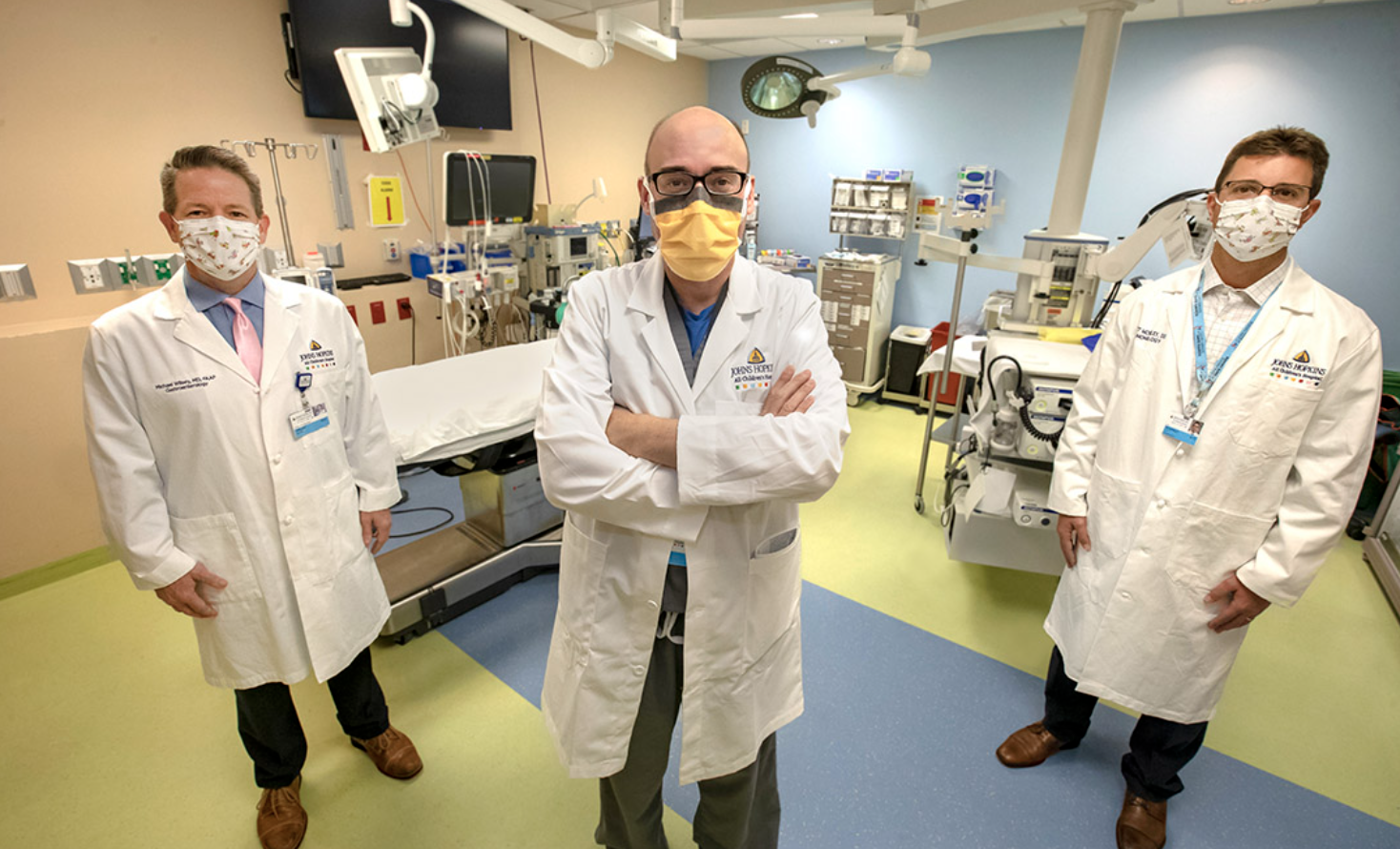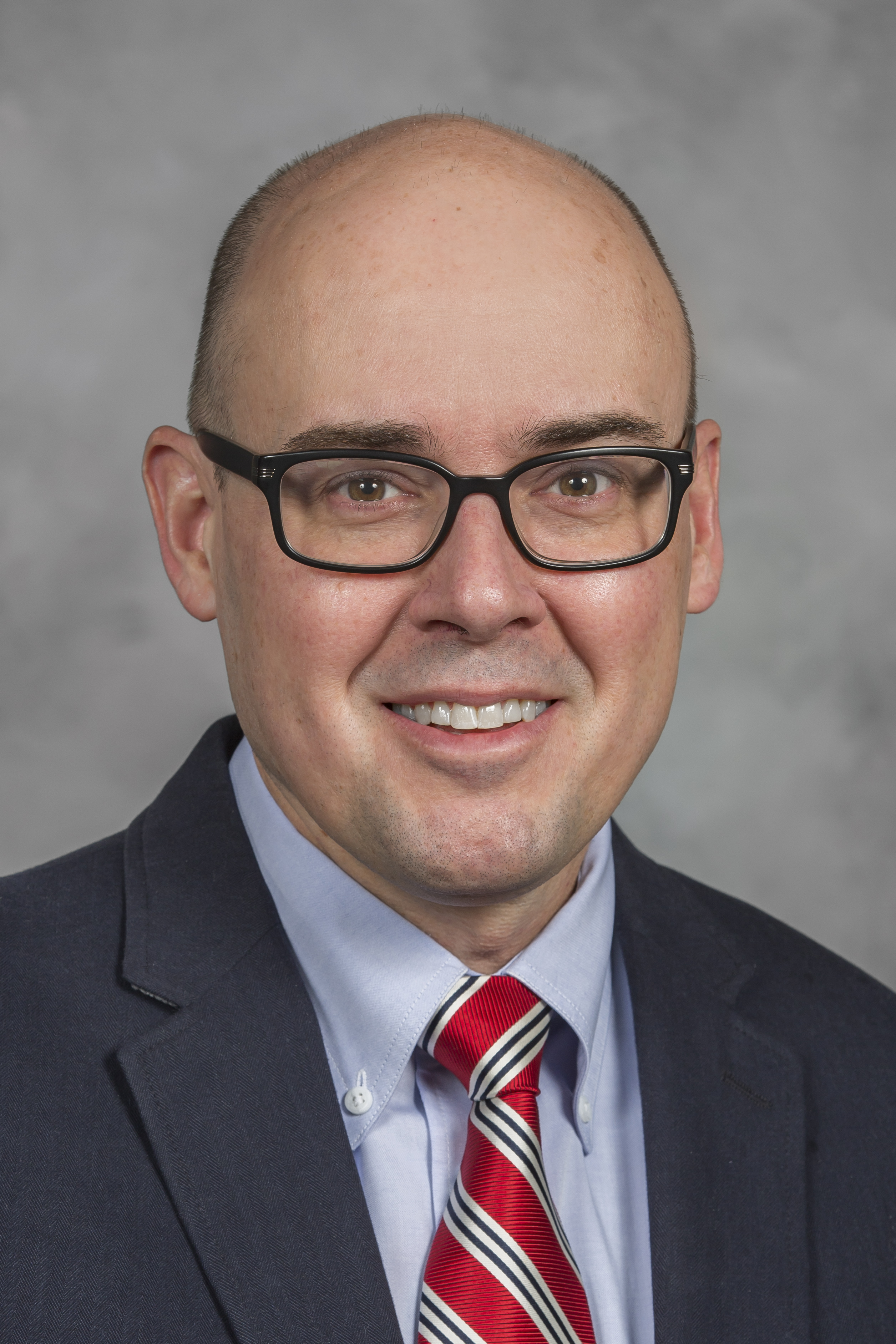
People travel from all over the country to receive treatment through Johns Hopkins All Children’s Hospital Esophageal and Airway Treatment (EAT) program in St. Petersburg.
Dr. Jason Smithers, a pediatric surgeon and director of the Johns Hopkins EAT program, said that many of the families who seek out their services have children with rare or chronic conditions and complex esophageal and airway problems who require the high-end specialized, multi-disciplinary pediatric care that the renowned facility can provide.
The EAT program team starts treating patients anywhere from prenatal counseling up through college and helps families transition to adult care depending on their location. They treat a variety of esophageal and airway conditions including esophageal atresia, a birth defect in which a baby is born without part of the esophagus.
Dr. Smithers came to the Greater Tampa Bay area via Boston where he had been serving as a surgeon at Boston Children’s Hospital as part of their EAT program, which they developed in 2009. He initially moved to Tampa in 2019 to join Dr. David Kays, who leads Johns Hopkins’ Center for Congenital Diaphragmatic Hernia (a birth defect in babies in which their lungs are too small) to learn more about the CDH program.
“But it certainly made sense for me to continue doing EAT patients as well,” he said.
Since arriving, the EAT program has grown. Dr. Smithers said he believes this year they have seen roughly 36 different patients from out-of-state.While that may not sound like a huge number, it is for EAT conditions.
“Normally these are cases that a hospital might see two or three times a year on average, but we’re seeing them two or three times a week with people coming from other parts of Florida and other parts of the country,” Dr. Smithers said. “So what it does is it just allows you to gain a real experience and expertise in an area that most surgeons rarely get to see. And it’s hard to be an expert on something if you only deal with it rarely.”

Johns Hopkins EAT program takes an interdisciplinary approach to caring for patients, and their surgeons, nurse practitioners and nurses collaborate alongside a critical care team with specialties in gastroenterology, cardiology, ENT, cardiovascular surgery, pulmonology, radiology and anesthesiology.
Among the conditions the EAT team treats encompass long gap esophageal atresia, for which they perform an operation called an esophageal growth procedure to get the esophagus to grow longer. The procedure is a technique called the Foker process, named after Dr. John Foker, the person who initially developed it. Dr. Foker joined the EAT team at Boston Children’s Hospital in 2009 after pioneering the procedure in Minnesota.
To treat esophageal strictures, in which there is a narrowing of the esophagus, they employ a multi-disciplinary approach. Dr. Smithers works with Dr. Michael Wilsey, a specialist in pediatric gastroenterology. They use a procedure called endoscopic incisional therapy, as well as esophageal stents and various redo surgical operations.
The EAT program gets many out-of-state referrals for vascular rings, a condition that causes airway and esophageal compression. To address this issue, they utilize a multi-disciplinary approach with cardiovascular surgery to fix the blood vessels in addition to the airway and esophagus.
Dr. Smithers said that social media support groups have been the primary driver for families coming both to St. Petersburg and Boston for pediatric EAT treatments, especially patients with rare, chronic problems. That includes driving some international business as well. Families share recommendations on where to go and who to see for certain EAT ailments.
“I think the key with all of these problems is that they’re rare enough that most surgeons, that if you would only treat the patients that come to you as you happen to be on call in St. Petersburg, you would see a handful of times in your career,” said Dr. Smithers. “But they’re a little more complex than to be able to have a good outcome if you only do it three or four times during your career. And so, to have a team that can treat really rare problems, but do it every week, just gives you a tremendous leg up on knowing the nuances of how to get the best long-term outcomes.”
By Colin McCandless





